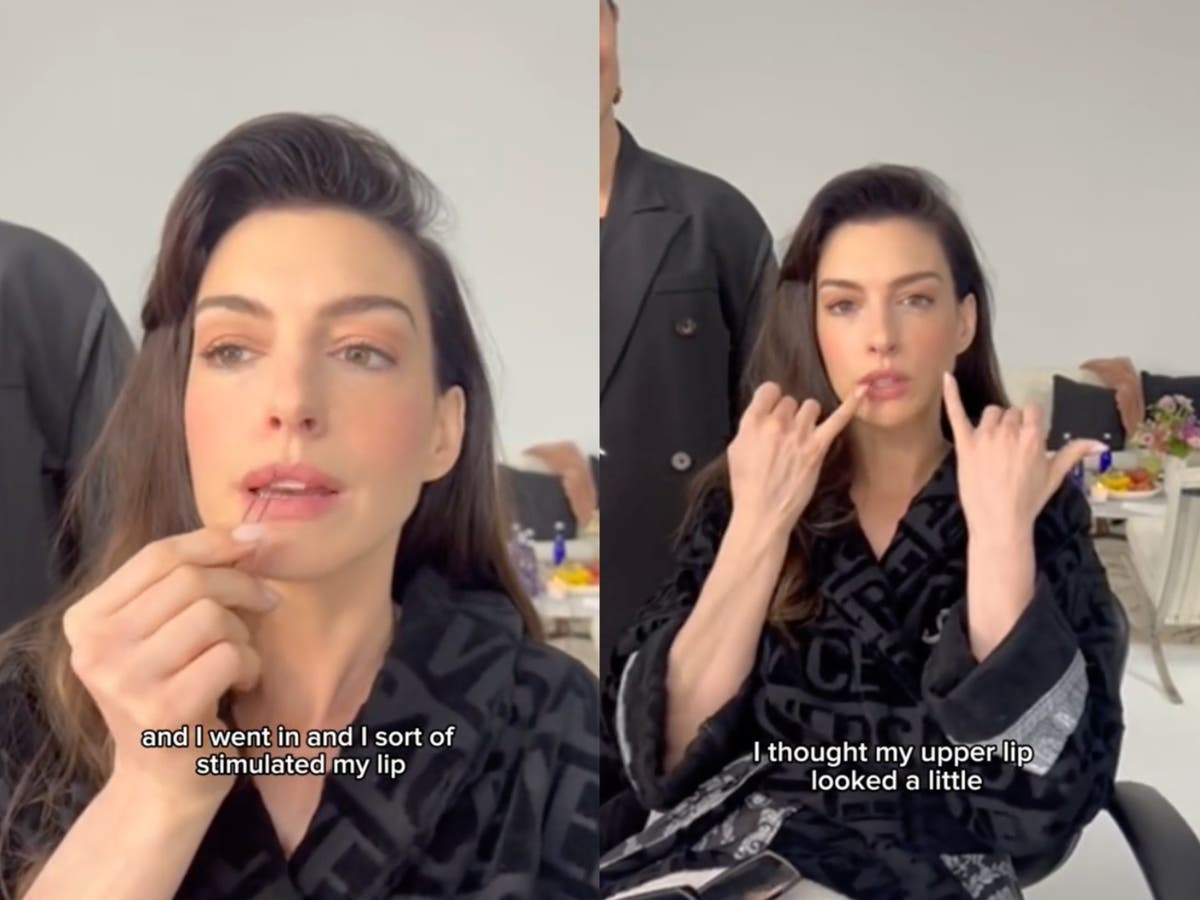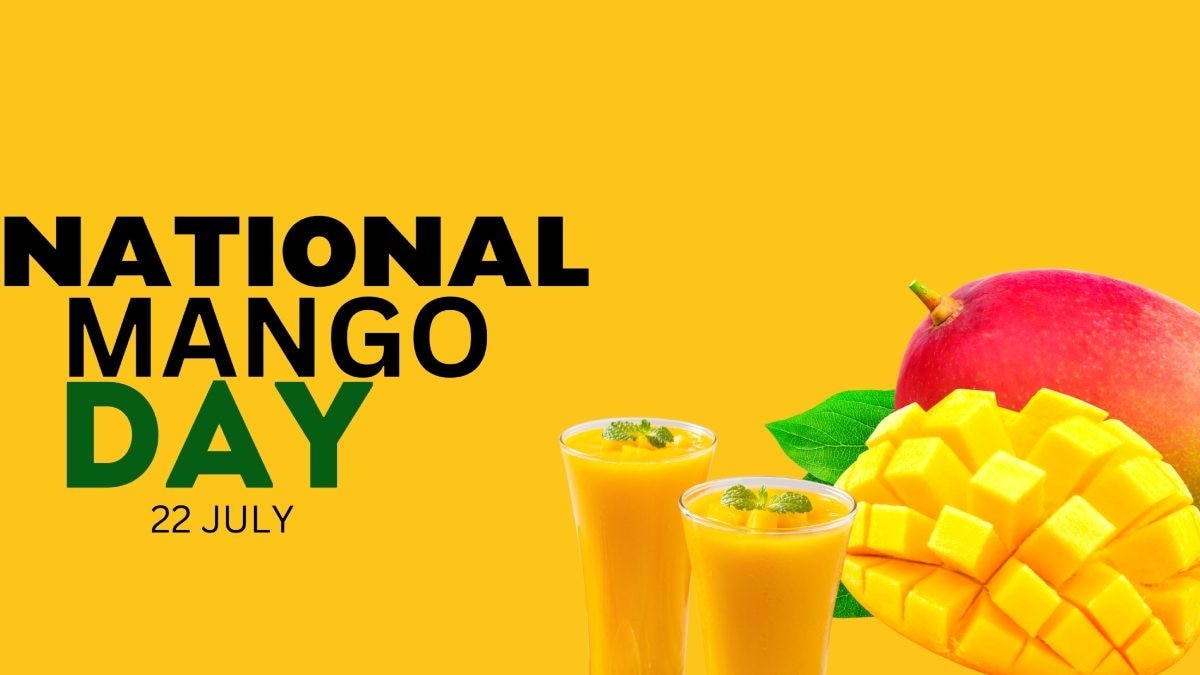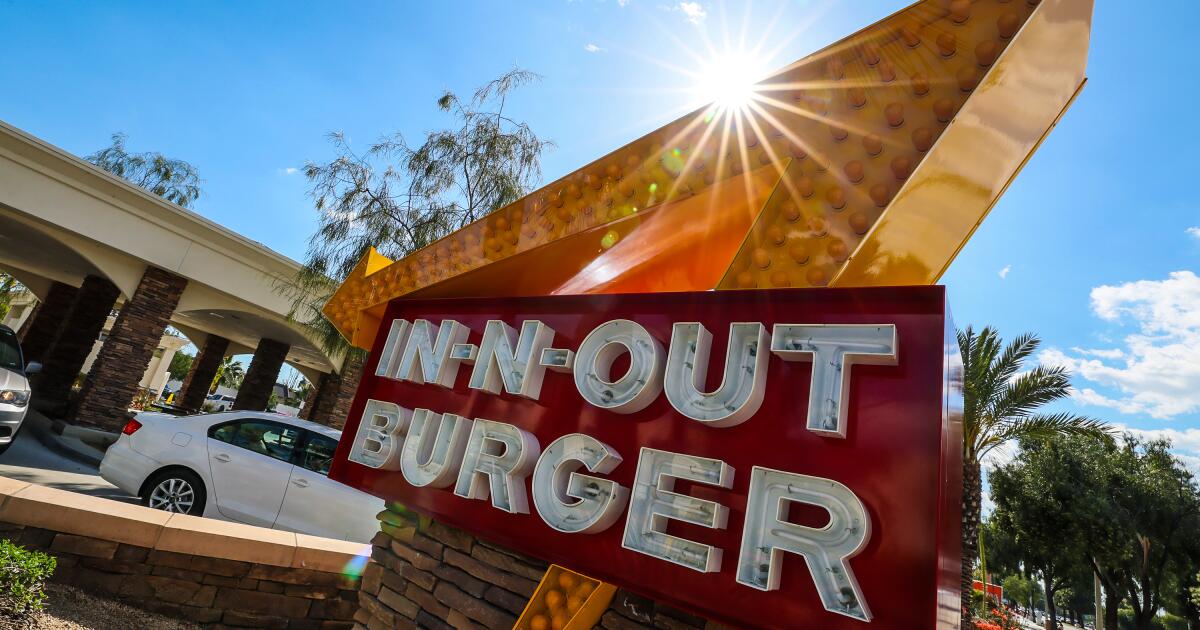Making chocolate is a sacred process, particularly for descendants of ancient Mesoamerica, and for those seeking to reconnect with ancestral practices, like Stephanie Villegas of Xóchitl Vegana Los Angeles-based pop-up concept and restaurant
Known for her vegan hibiscus tacos, Villegas also offers artisanal chocolate classes where she teaches students the process using ancient tools and techniques.
“I wanted to bring out things that I was doing behind the scenes, things that I learned from my mother and my grandmother, things that were old,” Villegas said of the cacao classes that started about two years ago.
Although Villegas offers other culinary classes, such as pupusas, mole, and how to make dough from scratch, cacao has been a staple of her class offerings. And as we enter the colder months with hot drinks like champurrados and hot chocolates, their classes teach Angelenos how elemental cacao is to Latin American culture and history.
Stephanie Villegas poses for a portrait in her backyard and outdoor kitchen in South Los Angeles.
(Nalani Hernández-Melo / Para De Los)
“Cacao is rooted in our origin story,” he said. “Scientists have found cocoa in pottery or gourds. They are found in our temples and the ceremonial use of cocoa has existed for more than 5,500 years. “It’s ingrained in who we are.”
Cocoa is a fruit that grows from the bark of trees in pods, oval in shape and with a thick, blemished skin. Open it and you will find its white, sticky, edible pulp, known as “baba” which, according to Cacao Box, it tastes like a mix of tropical fruits, lychee and mango. This tasty pulp serves as a casing for the cocoa seeds, also known as cocoa beans. The beans are first fermented, then dried, roasted, ground and finally mixed with sugar to make chocolate, or what the Nahuas called xocolatl.
Sophie and Michael Coe, co-authors of “The True Story of Chocolate,” say that in what is now Mexico, the Olmec people were the first to convert cocoa into chocolate.
Cacao trees do not sprout easily anywhere. They require a specific climate to thrive and be cultivated. The Mayans considered cocoa to be sacred and called it “food of the gods”, believing that the gods themselves emanated from cocoa and notoriously used cocoa beans as currency.
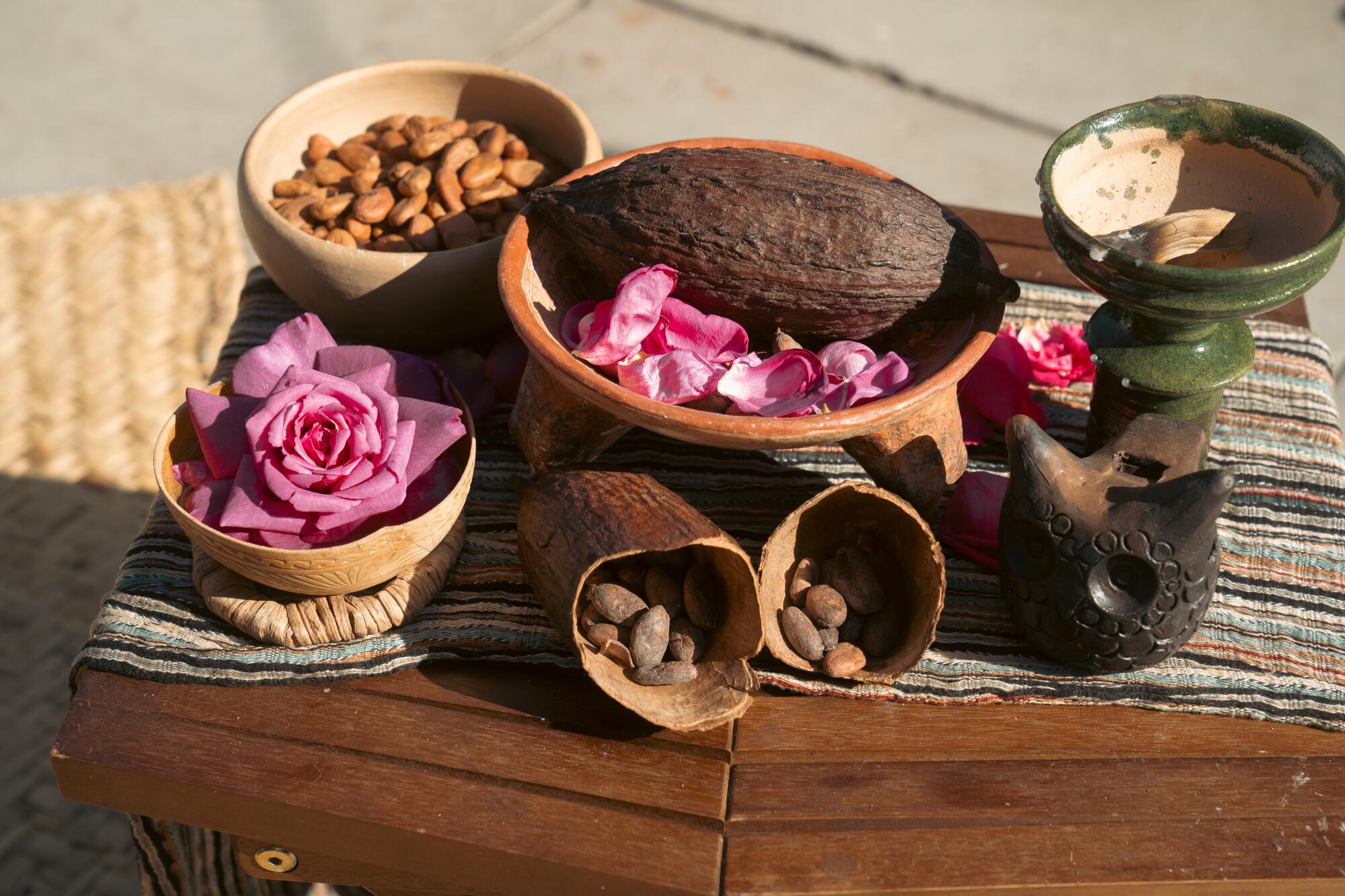
A small altar representing offerings of roses, cocoa and copal.
(Nalani Hernández-Melo / Para De Los)
The Mexica or Aztecs believed that the cocoa tree was a gift from Quetzalcoatl, the god of creation, and they prepared a cold, foamy drink. cocoa Drink flavored with honey, flower puree and vanilla pods served in pumpkins.
For Villegas, class offerings such as artisanal chocolate making are part of what she calls “traditional ancestral cuisine.”
“We can see it as the ancestral tools that we use, the metate, the clay comales and the clay pots,” he said. “But for me, it's much deeper, it's more than just making our food, it's a very spiritual practice.”
Villegas said reconnecting with her culture, history and origins in cooking has brought her closer to ancient wisdom. For diaspora people of her lineage, Villegas explained that migration away from the homeland has put people in survival mode.
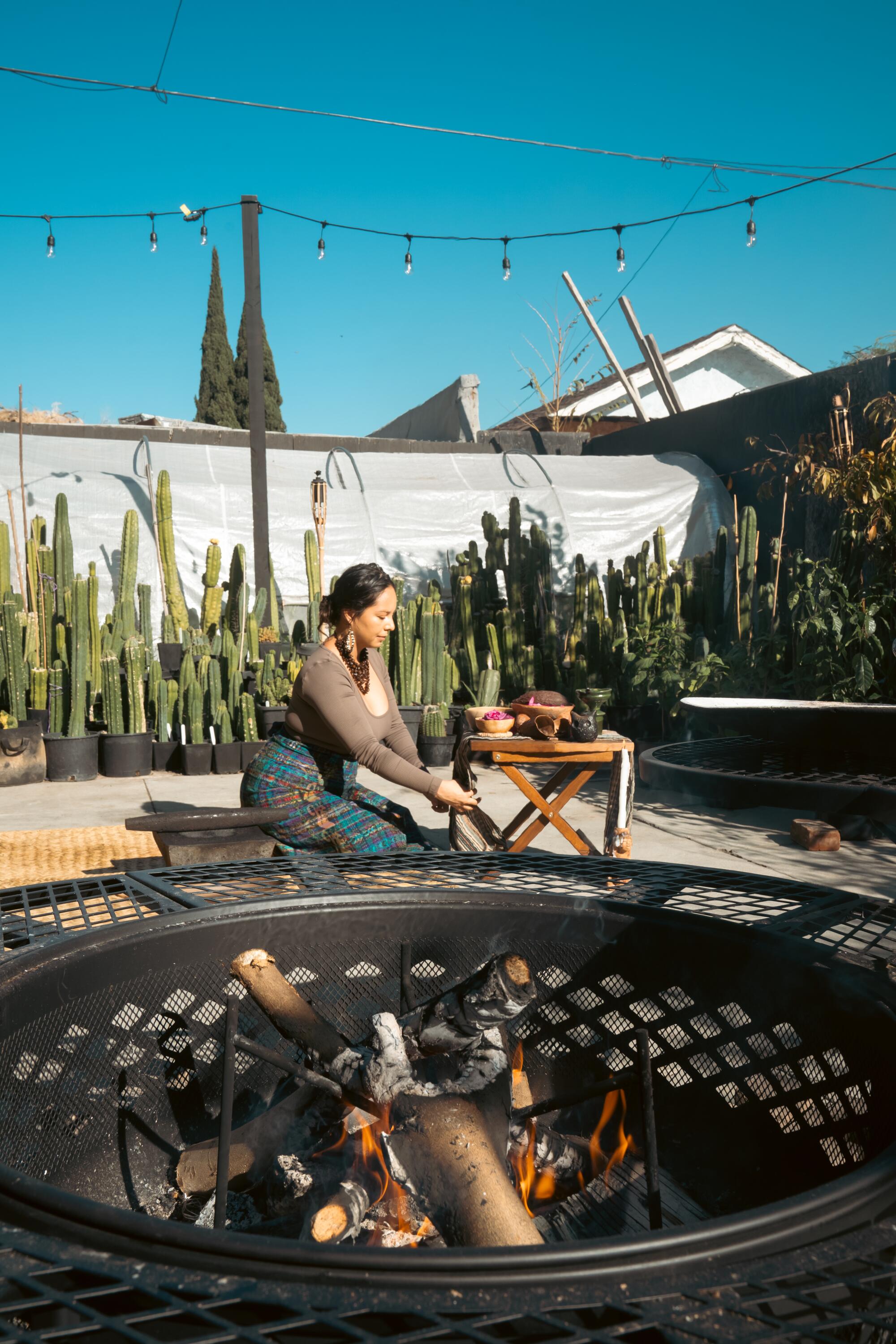
Stephanie Villegas offers classes from her home to teach the traditions of Mesoamerican cuisine to the community.
(Nalani Hernández-Melo / Para De Los)
“It's been hard to find time to reconnect,” she said. But it is these practices and recipes found in what she calls “traditional ancestral cuisine” that have reconnected her, both with her spirit and with her roots.
“When I started consuming certain ingredients that I hadn't consumed in a long time, it felt like it activated something inside of me. Like an activation of memory,” said Villegas. “When I started to reconnect with the metate, it felt like another layer of memory.”
For her, it is especially special to preserve the ancestral methods of making artisanal chocolate. Villegas said it has been a deep road to travel.
“It is important to preserve these teachings because they are part of who we are,” he said. “It's an act of resistance, an act of keeping who we are alive, it's honoring our ancestors, not just our human ancestors, but the earth, using its tools and keeping it alive.”
Using ancestral cooking tools not only keeps the tradition alive, but releases flavors in a way that opens them up much more fully, according to Villegas. He explained how the slower process of grinding each individual ingredient releases oils, aromas and flavors much more potently.
“If you're able to pay close attention, the flavors are completely different, a sauce or a chocolate or a mole is completely different in a blender,” Villegas said. “Hard work creates a tastier dish.”
During his workshops, which go at the pace of his students, Villegas starts with raw cocoa beans. “Currently we have cocoa from the Amazon, but it has already gone through a whole process: separated from the fruit, dried and fermented.”
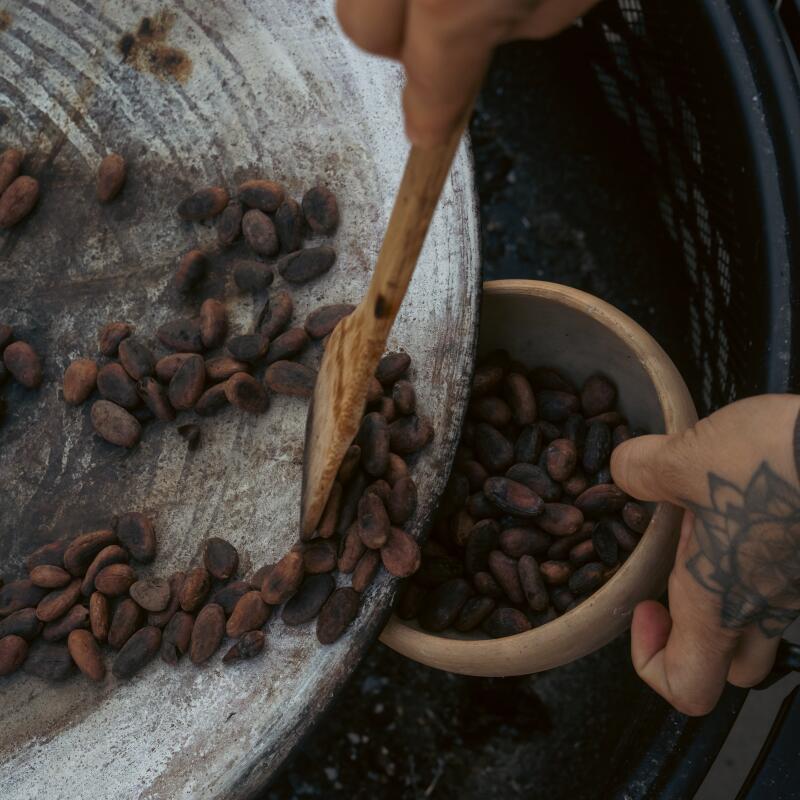
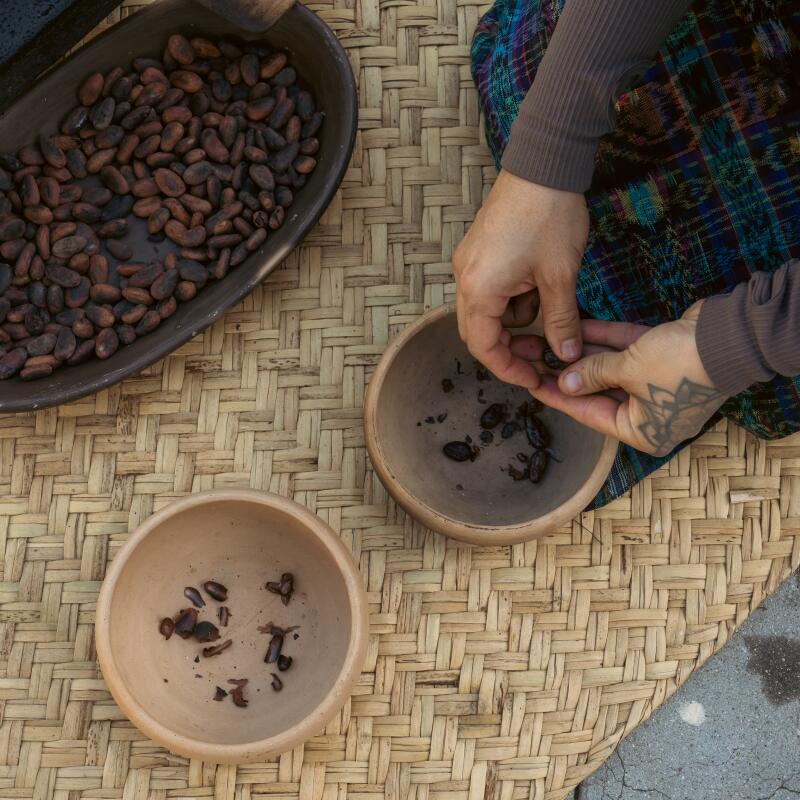
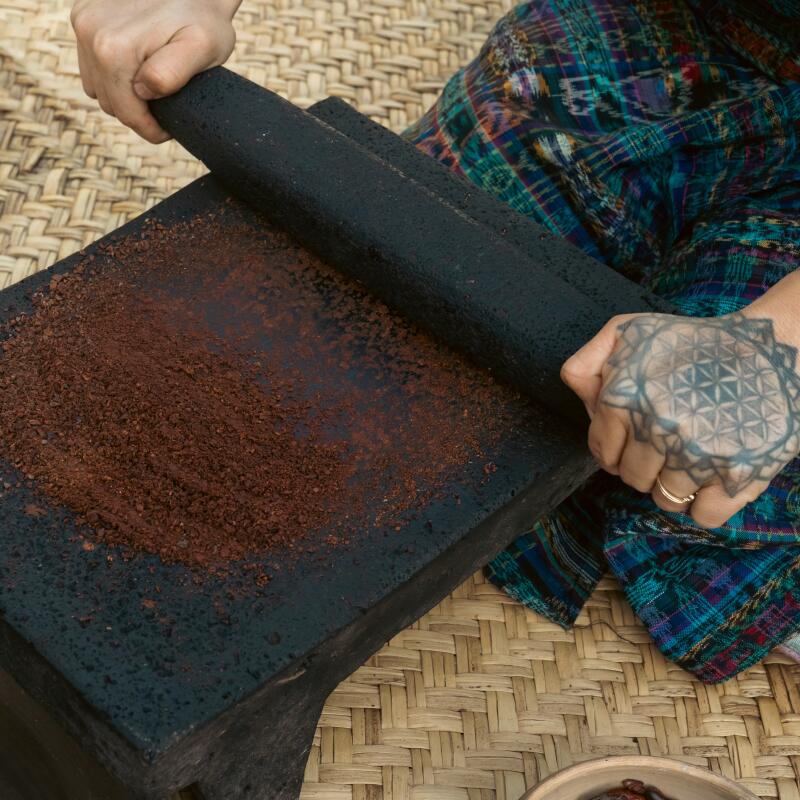
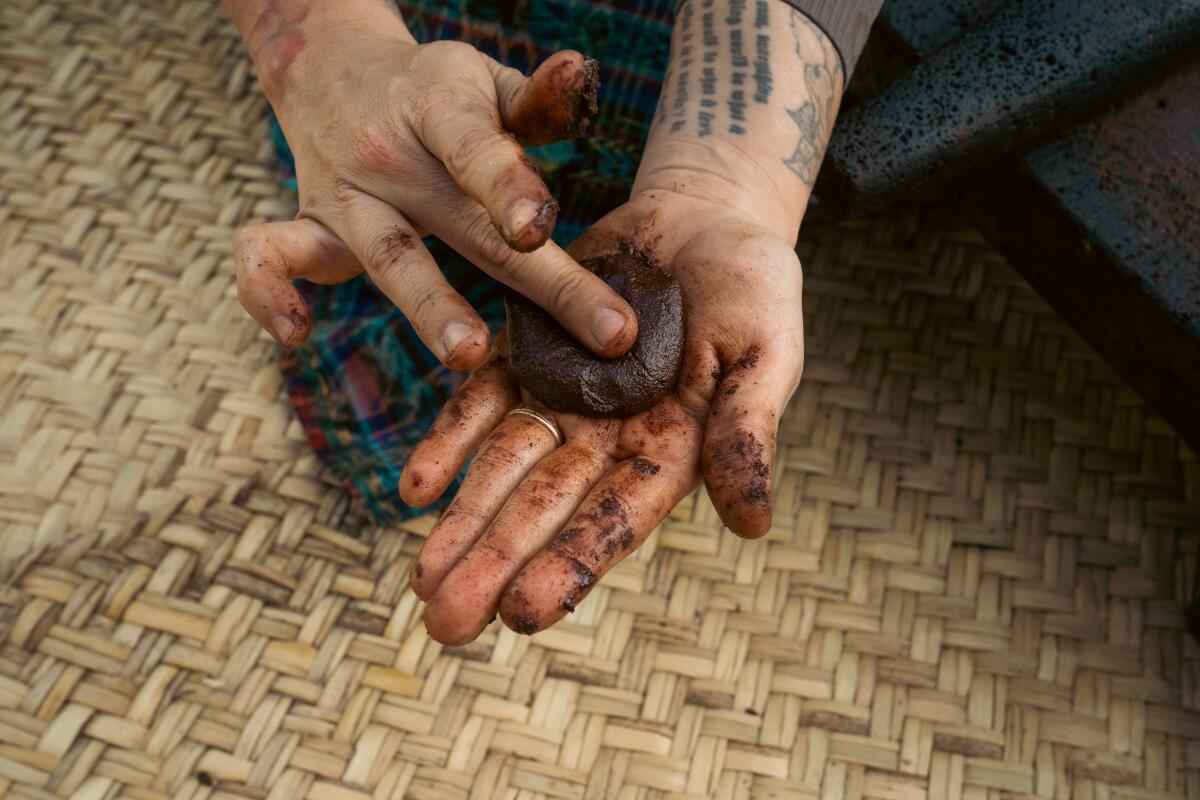
The process of Villegas’ cacao ceremony shown in four photos (Nalani Hernandez-Melo / For De Los)
The seeds get roasted, peeled by hand then ground up using the metate on the floor. While kneeling to twist the mano of the metate, the seeds are dragged across the curved surface to create a paste. It’s a full-body effort.
“I love using my metate on the floor, it connects me back to the earth, having the feeling of bowing and it’s a prayer in motion,” Villegas said.
Some folks come with experience, some catch on quickly, and some require a little more quality time with the motions, Villegas said. “It takes practice to learn, the metate can be very tiring.” But the best way to learn is simply to do, she advises, whether on the floor or at the kitchen table.
As for her goal with the classes, which are posted and updated on her Instagram, Villegas has a humble and mystical objective.
“I hope they wake up to the magic of the ancestral kitchen, the magic of chocolate, its symbology, metaphorically what it represents for us,” she said. “[I also hope] “They develop more respect for these things, more understanding, a deeper desire to learn more.”
Andrea Aliseda is a food and culture writer, vegan recipe developer, and dog mom living in Brooklyn, New York, who has had work published in Harper's Bazaar, Bon Appétit, and Epicurious. She is currently working on her first plant-based Mexican cookbook and you can find her on Instagram at @andrea__aliseda.


